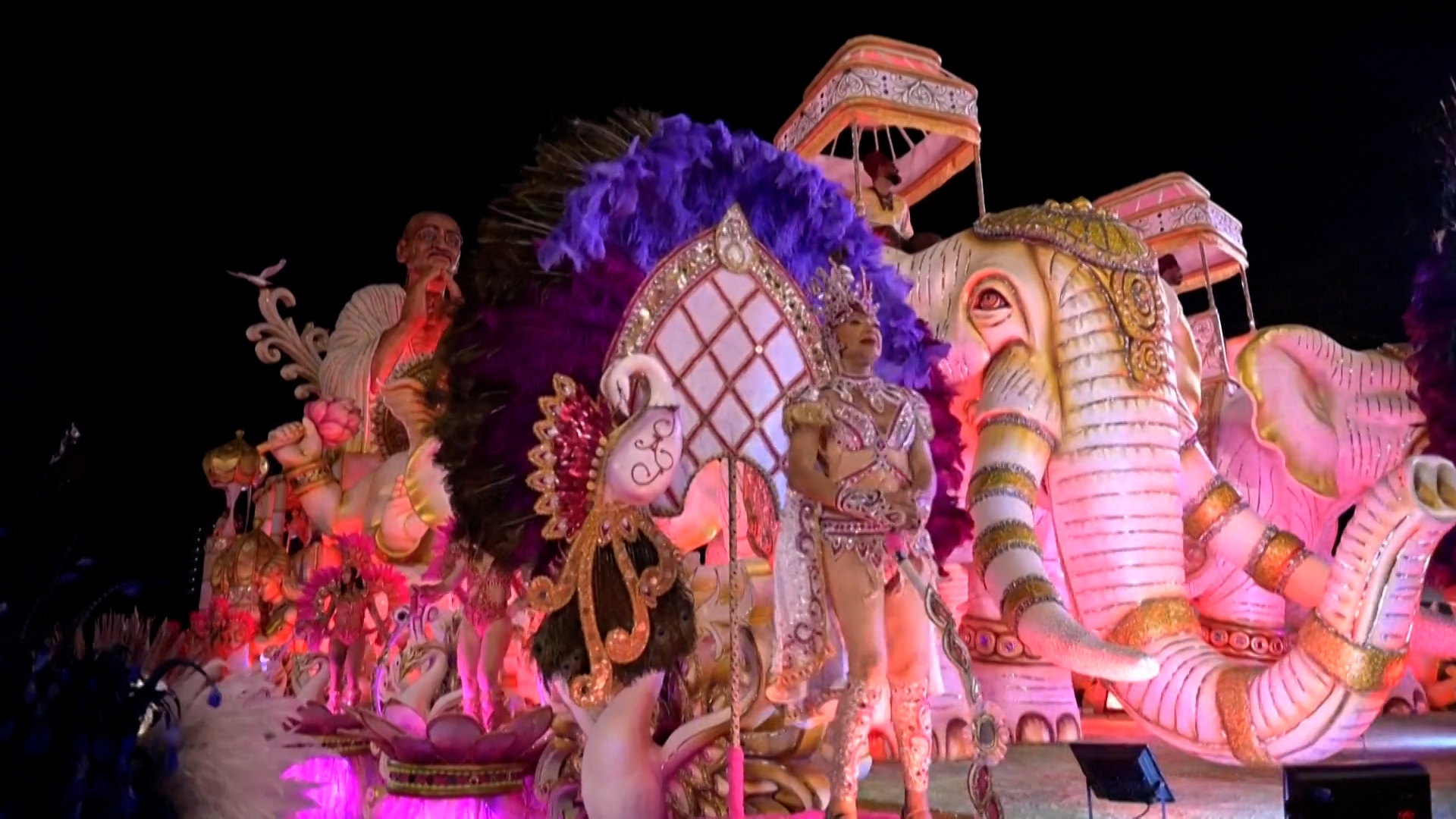
Rio and São Paulo Gear Up for Carnival Celebrations
The vibrant and electrifying atmosphere of Carnival has officially descended upon Brazil, with Rio de Janeiro and São Paulo vying for the spotlight. This year, the festivities promise a dazzling display of samba, costumes, and unbridled joy, attracting both locals and tourists alike. The annual celebration is deeply ingrained in Brazilian culture, a time for revelry and artistic expression that transcends social boundaries.
In Rio de Janeiro, the symbolic kickoff to the Carnival took place on Friday, February 28th, when the King and Queen of Carnival were presented with the keys to the city by the mayor. This traditional act signifies the temporary transfer of authority to the monarchs of merriment, giving them the power to preside over the celebrations. The Rio Carnival is slated to continue until March 8th, offering over a week of non-stop entertainment and cultural immersion.
Meanwhile, São Paulo’s Carnival also commenced on the same day, but is scheduled to conclude earlier on March 4th. Although the São Paulo Carnival might not possess the same level of international recognition as its Rio counterpart, it has already proven to be a spectacle of immense color and artistry. The city’s sambadrome has been ablaze with the energy of competing samba schools, each striving to outdo the other with their elaborate performances.
The heart of the São Paulo Carnival lies in its breathtaking parades. Dancers, adorned in exquisitely crafted and extravagant "fantasias" (costumes), move with fluid grace and passion, embodying the spirit of samba. These costumes are often the result of months of meticulous planning and craftsmanship, incorporating feathers, sequins, and a dazzling array of other materials. Each costume tells a story, contributing to the overall narrative of the samba school’s theme.
Accompanying the dancers are the majestic "carros alegoricos" (allegorical floats). These imposing and dreamlike structures are mobile works of art, intricately designed and lavishly decorated. The floats often depict historical events, mythological figures, or social themes, serving as visual representations of the samba school’s message. The scale and complexity of these floats are truly awe-inspiring, a testament to the dedication and artistry of the teams responsible for their creation.
A key difference between the two cities lies in the scheduling of the main samba school parades. In São Paulo, the primary parades take place on Friday and Saturday evenings. In Rio, the main parades commence on Sunday. This strategic arrangement avoids any direct competition for television viewership, allowing both cities to showcase their unique talents and traditions to a wider audience. The parades are not merely displays of entertainment; they are also fiercely competitive events. Each samba school is judged on various criteria, including the quality of their music, the artistry of their costumes and floats, and the overall cohesiveness of their performance. The winning school earns bragging rights for the year, adding to the prestige and excitement of the Carnival season.
The sambadrome itself is a purpose-built venue designed specifically for these grand parades. It is essentially a long avenue flanked by grandstands, providing ample space for spectators to witness the spectacle unfold. The atmosphere within the sambadrome is electric, with the rhythmic beat of the samba drums reverberating through the air and the cheers of the crowd fueling the performers.
Beyond the formalized parades in the sambadromes, both Rio and São Paulo come alive with street celebrations. The "blocos" are a crucial element of these street carnivals. These are essentially musical processions that wind their way through the city streets, attracting thousands of revelers. The blocos often have their own unique themes and musical styles, catering to a diverse range of tastes and preferences. Participants dress up in costumes, dance to the music, and generally embrace the spirit of Carnival. The streets become a kaleidoscope of color and sound, transforming the urban landscape into a massive open-air party.
The popularity of street carnivals has been steadily increasing in recent years. This is reflected in the growing number of "blocos" registered in both cities. In 2025, São Paulo boasts an impressive 767 registered blocos, significantly exceeding Rio de Janeiro’s 482. This suggests that São Paulo’s street carnival scene is thriving, attracting a large and enthusiastic following. The difference in numbers might stem from varying regulations or registration processes in each city, but it undoubtedly points to the robust nature of São Paulo’s street celebrations.
In essence, both Rio de Janeiro and São Paulo offer unique and unforgettable Carnival experiences. While Rio might be more globally recognized, São Paulo’s Carnival provides an equally vibrant and engaging spectacle. The contrasting styles and schedules allow for both cities to shine, contributing to Brazil’s reputation as the ultimate destination for Carnival celebrations. The energy, the artistry, and the sheer joy that permeate the air during this time make it a truly special and transformative experience.
